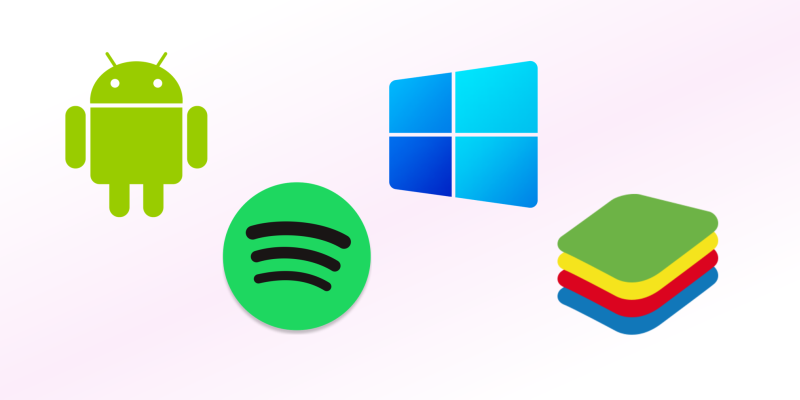Monitoring stories
improving IT service quality
When starting to build a new Alyvix test case, it can make a significant difference in the quality and speed of the resulting monitoring check depending on whether you just do "what works", or use established best practices. In this blog post we look at the correct way to prepare a test case and to mark up components on the interface so that you will consistently get the best results.
Learn the basics of Alyvix Core and Alyvix Editor in just two minutes. Build and run checks for your critical application tasks, from the user's point of view.
Synthetic monitoring nicely complements traditional monitoring. In today's X-as-a-Service IT world your apps and services are always running somewhere else. Your hosting service probably uses traditional monitoring on their servers, but is it checking that your apps and services are actually working the way your users and customers expect them to? Alyvix Service works with Alyvix to monitor your apps and services, alerting you if they go down, and giving you the information you need to fix problems. The latest features in Alyvix Service enable multitenancy and significant scaling that brings synthetic monitoring to hosting services.
Monitoring apps on mobile devices is hard, because unlike server monitoring, you can't install your own agent. Without internal access you're pretty much stuck. Unless of course, you use a different kind of monitoring. A visual synthetic monitoring system like Alyvix can monitor Windows applications just by having access to the GUI, no code needed.
But Alyvix doesn't run on mobile OS's, so how can we get it to work? We use an Android or iOS emulator, and run Alyvix on the emulator's Windows GUI! Read on to see how we used the Bluestacks Android emulator to run apps from Google's Play Store, and built a test case to monitor an app we don't have any special access to: Spotify.
Computer software doesn't work 100% of the time. When it doesn't, you need system monitoring to discover it, help IT administrators locate and fix the problem, and plan to help prevent future failures.
To configure a monitoring system you need to understand how it works, like agent-based versus agentless interfaces, and active, passive and synthetic strategies. We'll see how the monitor launches checks, how results are reported back, and how those results are interpreted.
Of course you could run your critical IT and business systems without any way to know whether they're currently running or not. In modern business if 'critical' doesn't mean 'needs to be working 24/7', what does it mean? Read on to find out why you need to monitor your critical systems, the main approaches to monitoring, and the benefits of monitoring once you've set it in motion.





